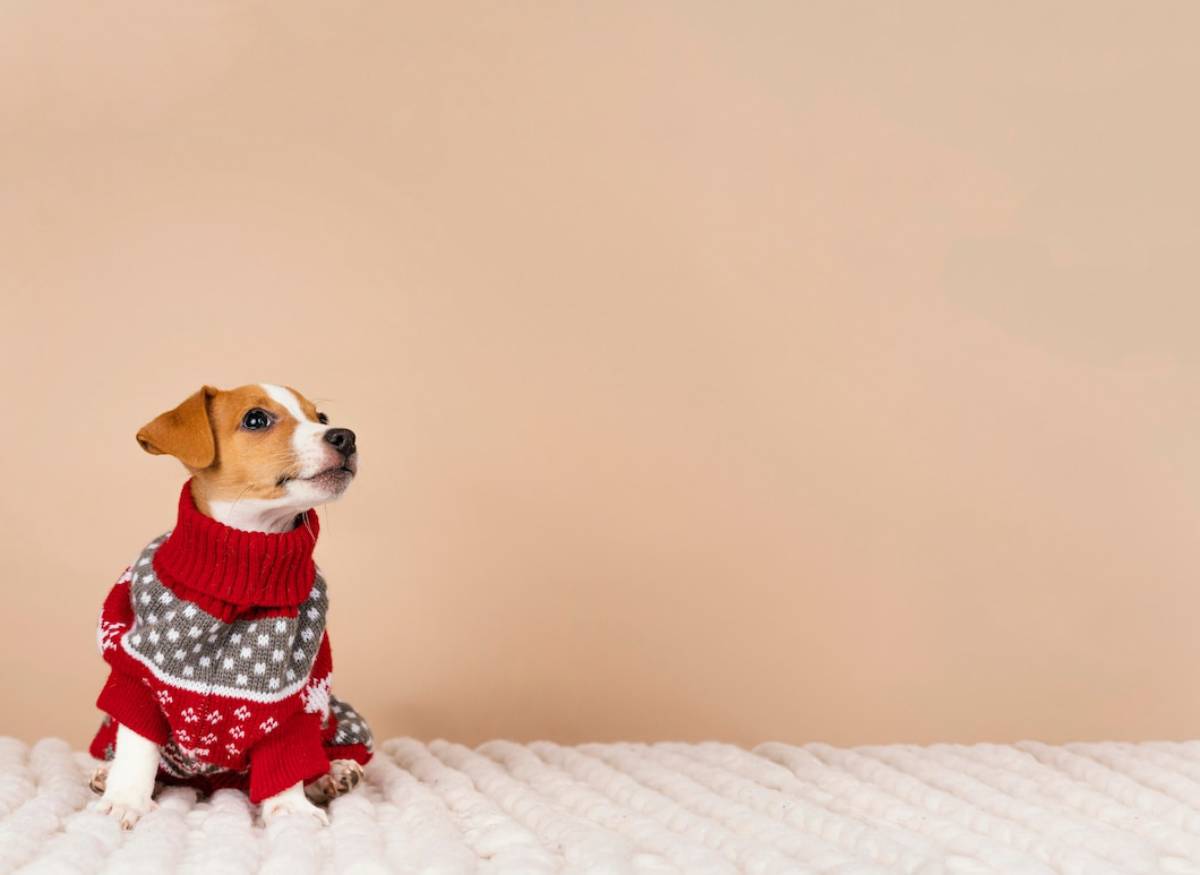
Eco-Friendly Pet Fashion: Sustainable Style for Your Companion
The fashion industry has faced more environmental scrutiny lately. This concern also affects pet fashion. With the pet industry growing worldwide, pet owners are now more eco-conscious. They focus on eco-friendly pet apparel and accessories. This rising trend of eco-friendly pet fashion might look like an Instagram fad. However, it is part of a bigger global effort. This movement focuses on sustainability, ethical consumerism, and responsible production.
Pet owners should remember the value of eco-friendly pet fashion. They need to make smart choices when dressing their furry friends. By choosing safe, non-toxic, and comfy materials for their pets, they help the planet. Plus, they invest in sustainable pet clothing. This blog explores eco-friendly pet fashion. It covers the benefits, shares expert tips, and highlights common mistakes to avoid.
Why Eco-Friendly Pet Fashion Matters
Reducing Environmental Impact
Traditional pet fashion usually uses synthetic materials, such as polyester and nylon. These come from petroleum and need a lot of energy and chemicals to produce. These materials contribute to environmental degradation during both the production and disposal stages. Also, toxic dyes, chemical treatments, and non-biodegradable packaging make the problem worse.
Eco-friendly pet fashion uses sustainable and biodegradable fibres. These include organic cotton, hemp, bamboo, and recycled materials. These alternatives are less polluting and require fewer natural resources. For example, organic cotton uses up to 91% less water than regular cotton. It also grows without synthetic pesticides or fertilisers.
Choosing eco-friendly options helps pet owners cut pollution, save water, reduce carbon emissions, and lower landfill waste. Choosing green fashion for your pet helps fight climate change and protect the environment.
Protecting Your Pet’s Health

Pet fashion trends often focus on looks, but we shouldn’t forget about safety and function. Many pet clothes have harmful chemicals, fake dyes, and synthetic materials. These can irritate your pet’s skin, cause rashes, or lead to allergic reactions. Pets with sensitive skin or respiratory issues are especially vulnerable.
Sustainable pet clothing brands focus on natural, non-toxic materials. They also avoid harsh chemical treatments. This ensures that your pet is wrapped in breathable, soft, and hypoallergenic clothing. Not only does this promote your pet’s comfort and well-being, but it also gives you peace of mind as a responsible pet owner.
Supporting Ethical Production Practices
When you choose eco-pet accessories and clothes, you often support brands that care about the environment and social ethics. Many sustainable pet fashion brands follow fair trade practices. They make sure workers earn fair wages. These workers also enjoy safe environments and receive dignity and respect.
Pet owners who buy from ethical brands support human rights and fair labour practices. This is important in developing areas where many textiles are made. This alignment of values—caring for animals, people, and the planet—reinforces a holistic approach to ethical living.
Real-Life Examples: Success Stories and Trends
Several brands have emerged as leaders in the eco-pet fashion movement. In the UK, “Green Paws” is a standout example. The brand is known for its eco-friendly mission. It makes stylish pet clothes from recycled wool, organic cotton, and plant-based dyes. All products are manufactured locally to reduce carbon footprints.
“Beco Pets” is another key player. They focus on eco-friendly pet accessories. Their products include biodegradable poop bags, bamboo feeding bowls, and toys made from recycled plastic bottles. Their transparent supply chain and ongoing sustainability initiatives have garnered widespread praise.
A report from the Pet Sustainability Coalition shows that pet brands focused on being environmentally responsible gain more customer loyalty and increase their market share. This indicates that sustainability is not just the right choice ethically—it’s also a smart move commercially.
Tips and Common Mistakes to Avoid
How to Choose Sustainable Pet Fashion Wisely
When shopping for eco-friendly pet garments, it’s important to look for credible certifications. Labels like GOTS (Global Organic Textile Standard), OEKO-TEX, and Fair Trade Certified show that materials are safe, organic, and ethically made.
Review the product descriptions for materials such as organic cotton, hemp, recycled polyester, or bamboo. These fibres are known for their low impact on the environment and their comfort for pets.
Durability is another key consideration. Quality garments may cost more at first, but they last longer. This means you won’t need to replace them as often, which helps cut down on waste.
Mistakes to Avoid
A common misconception is that all natural materials are always sustainable. For example, while cotton is a natural fibre, conventionally grown cotton is one of the most resource-intensive crops in the world. Always opt for organic cotton or other low-impact fibres.
Another mistake is buying clothing that doesn’t fit your pet properly. Ill-fitting garments can cause discomfort, restrict movement, or even lead to injuries. Be sure to measure your pet accurately and refer to size charts provided by the brand.
Additionally, avoid purchasing trendy items that are unlikely to be worn often. Focus on practical, seasonal clothing for your pet. This way, they will use it often, which adds value and cuts down on waste.
Expert Insights and Future Developments
Technological Innovation and Sustainable Design
Advancements in technology are helping the pet fashion industry become more sustainable. Closed-loop production systems are becoming popular. In these systems, waste is recycled back into manufacturing. Brands are also exploring biodegradable synthetic fibres made from algae and other plant sources.
A new trend is using 3D printing to make custom, zero-waste clothing. This not only ensures a perfect fit for your pet but also minimises the environmental impact of mass production.
Design Meets Sustainability
Experts say that fashion designers and environmental scientists can make big changes together. By combining sustainability with fashion, designers can create stylish and eco-friendly pet clothing.
Forward-thinking brands are also moving towards minimalist, multi-functional designs. Reversible jackets and modular clothes that adjust for seasons cut down on extra purchases.
Little-Known Facts
Some eco-friendly brands have repair and recycling programs. These help to extend the lifespan of their products. This not only minimises waste but also fosters a culture of mindful consumption. Some companies give part of their profits to environmental or animal charities. This makes your purchases even more meaningful.
Paw-sitive Style: Dress Your Pet Sustainably

Eco-friendly pet fashion is far more than a feel-good trend—it is a vital component of responsible pet ownership in today’s world. Choosing sustainable pet clothing and accessories helps the planet. It also keeps your beloved pet comfortable and healthy.
Your choices as a consumer hold significant power. Every eco-friendly purchase helps fair labour, encourages green materials, and boosts industry innovation. Choosing organic cotton clothes, backing brands that offer repair programs, or skipping unneeded buys can add up to significant changes.
So, take a moment to reflect on how your purchasing habits align with your values. Discover the colourful realm of sustainable pet fashion. Choose items that show kindness—to your pet, the makers of your products, and our shared planet.
As renowned environmentalist Jane Goodall once said, “What you do makes a difference, and you have to decide what kind of difference you want to make.” Let that wisdom guide you on your journey to becoming a more sustainable, stylish, and thoughtful pet parent.


